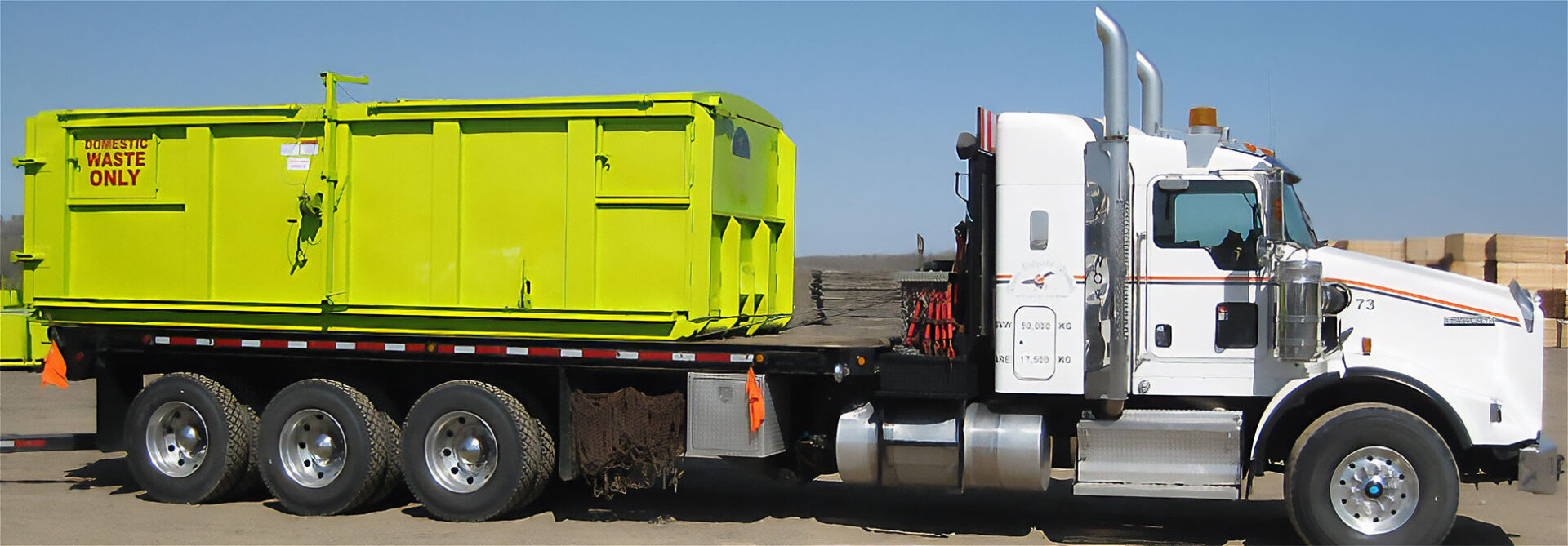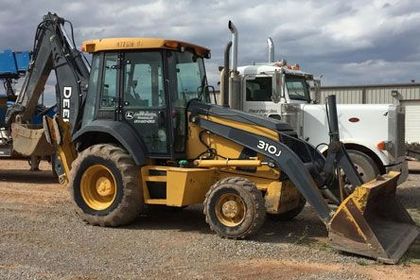A Comprehensive Guide to the Different Kinds of Oil Field Equipment and Pipeline Equipment Available
The oil and gas industry relies greatly on specific devices for effective extraction and transport. Various sorts of equipment, from piercing rigs to storage containers, play essential functions in this complicated process. Each item of equipment offers distinctive features that contribute to total operational success. Understanding these elements is necessary for anyone involved in the industry. As the industry develops, so also do the technologies that support it. What developments are on the horizon?

Drilling Rigs: The Foundation of Oil Exploration
Drilling rigs act as the vital machinery in the domain name of oil exploration, making it possible for firms to gain access to hydrocarbon gets buried deep under the Planet's surface area. These rigs can be found in various kinds, consisting of land rigs, offshore rigs, and mobile units, each designed to run in certain environments. Furnished with advanced technology, piercing rigs can penetrate geological formations with precision, making certain efficient source removal. The architectural honesty and functional abilities of these rigs are critical, as they should withstand extreme conditions and substantial pressures. Moreover, the option of an exploration gear impacts the overall project cost and timeline, making it a vital consideration for oil business looking for to enhance their expedition initiatives and maximize efficiency in their procedures.
Pumps: Necessary for Liquid Movement
In the oil removal procedure, the function of pumps is significant, promoting the motion of liquids throughout different phases of manufacturing. Pumps are essential for transporting crude oil, water, and various other liquids from below ground tanks to the surface and afterwards via pipes to refineries. They are available in numerous kinds, consisting of centrifugal, positive variation, and completely submersible pumps, each offering details objectives based on the liquid qualities and functional requirements. Centrifugal pumps are typically made use of for their effectiveness in high-flow applications, while positive displacement pumps master dealing with viscous liquids. The option of pump influences general performance, functional safety, and maintenance costs. Correct choice and maintenance of pumps are vital for optimizing production and lessening downtime in oil area procedures.
Shutoffs: Managing Flow and Pressure

Valves play a vital function in managing the circulation and stress of liquids within oil fields and pipes. Various kinds of valves serve distinctive applications, each developed to meet certain functions fundamental for efficient procedure - Superior rentals squeeze tools. Comprehending the qualities and uses these shutoffs is necessary for maximizing system performance and safety
Types of Valves
Essential components in oil area operations, valves play a crucial role in regulating the circulation and pressure of fluids within pipelines and devices. Different sorts of valves are used to meet the varied needs of oil and gas manufacturing. Common types include entrance valves, which supply a straight-line circulation and marginal pressure decrease; globe valves, understood for their strangling abilities; and sphere valves, identified for their quick on/off control. In addition, check shutoffs avoid backflow, while butterfly shutoffs offer a light-weight service for managing flow. Each shutoff type is created with certain products and configurations to endure the rough problems often located in oil fields, making certain reliability and effectiveness in procedures. Comprehending these types is vital for efficient system administration.
Valve Applications and Functions
While various kinds of valves offer distinctive functions, their primary applications focus on controlling circulation and stress within oil and gas systems. Shutoffs such as gate, world, and ball valves regulate liquid motion, guaranteeing peak performance and safety. Gate valves are typically utilized for on/off control, offering marginal flow resistance. World valves, on the other hand, offer accurate circulation law, making them ideal for throttling applications. Ball valves are preferred for their fast operation and limited securing abilities. On top of that, pressure safety valve are important for stopping system overpressure, securing devices honesty. Generally, the appropriate option and application of shutoffs boost operational performance, guaranteeing the trustworthy transportation of oil and gas via pipes and processing centers.
Compressors: Enhancing Gas Transportation
Compressors play an essential duty in the effective transport of gas, making certain that it moves efficiently via pipelines over long distances. These devices enhance the pressure of gas, allowing wikipedia reference it to get rid of friction and altitude modifications within the pipeline system. In addition, compressors help with the harmonizing of supply and need, accommodating fluctuations in intake and manufacturing rates. Different types of compressors are used in the market, consisting of centrifugal, reciprocating, and rotating screw compressors, each offering unique benefits based upon the functional demands. Normal maintenance of these compressors is important to maximize performance and reduce downtime, eventually adding to a reliable gas transport network. Their critical feature emphasizes the relevance of compressors in the overall oil and gas framework.
Storage Tanks: Safe and Effective Liquid Monitoring
Reliable transport of gas relies upon different supporting systems, one of which is the proper monitoring of tank. These storage tanks play a necessary function in safely consisting of liquids, making sure other that functional effectiveness is preserved while lessening environmental threats. Created from durable materials, they are designed to withstand high pressures and harsh elements. Properly sized and tactically situated, tank help with the smooth flow of all-natural gas and other liquids, protecting against traffic jams in supply chains. Routine maintenance and surveillance are important to discover leaks or architectural problems, advertising security and conformity with governing standards. Eventually, the reliable management of storage containers is critical for the general integrity and dependability of the oil and gas market's fluid handling systems.
Pipeline Systems: Infrastructure for Transport
Pipeline systems act as the backbone of the oil and gas industry, assisting in the efficient transport of hydrocarbons over huge ranges. These systems contain different components, including pipelines, valves, pumps, and compressors, all carefully created to assure seamless flow. The products utilized in pipeline building and construction, commonly steel or high-density polyethylene, are chosen for durability and resistance to deterioration. Pipeline networks can cover across land and water, connecting production sites to refineries and distribution. Furthermore, progressed innovation allows real-time monitoring of circulation rates and stress degrees, enhancing operational efficiency. The critical placement of these pipes reduces environmental impact while maximizing source access, therefore playing a vital role in meeting power needs globally.
Safety And Security Equipment: Making Sure Worker and Environmental Defense
The operation of pipeline systems, while vital for power transport, likewise provides substantial security obstacles for employees and the setting. Security tools plays a considerable duty in alleviating these risks. Individual protective tools (PPE) such as helmets, handwear covers, and non-slip footwear safeguards workers from physical risks. In addition, gas detection systems check for leakages, ensuring that damaging compounds do not present a hazard to workers or the surrounding ecological community. Emergency closure systems are necessary for rapidly stopping operations during a crisis, preventing possible calamities. Spill control materials, including absorbents and obstacles, are fundamental for reducing environmental influence. On the whole, buying all-encompassing security equipment is crucial for keeping operational stability and protecting both employees and the environment in the oil and gas market.

Frequently Asked Questions
Exactly how Do I Select the Right Oil Field Equipment for My Job?
Picking the ideal oil area equipment entails reviewing job specs, used track skid steer for sale spending plan restrictions, and operational requirements. Take into consideration variables such as tools dependability, compatibility with existing systems, and the provider's reputation to ensure peak efficiency and safety and security.
What Are the Upkeep Demands for Oil Field Equipment?
Upkeep demands for oil field equipment include routine assessments, lubrication, and timely fixings. Operators needs to additionally abide by producer standards, monitor efficiency metrics, and warranty compliance with safety policies to boost long life and efficiency.

How Can I Ensure Compliance With Environmental Rules?
To ensure compliance with ecological regulations, companies must conduct regular audits, execute finest techniques, spend in training, preserve appropriate paperwork, and remain updated on legislation (Superior Rentals fusion machines). Collaboration with environmental firms can also boost adherence to policies
What Is the Average Lifespan of Pipeline Equipment?
The typical life expectancy of pipeline devices commonly ranges from 20 to half a century, relying on variables such as material quality, environmental conditions, and maintenance practices. Routine inspections can considerably affect longevity and operational performance.
Just how Do I Safely Transport Oil Field Equipment to Remote Locations?
Transporting oil area tools to remote locations requires careful preparation, consisting of course assessment, securing authorizations, using ideal lorries, and ensuring safety procedures are adhered to. Correct training and communication amongst staffs are vital for effective transport.